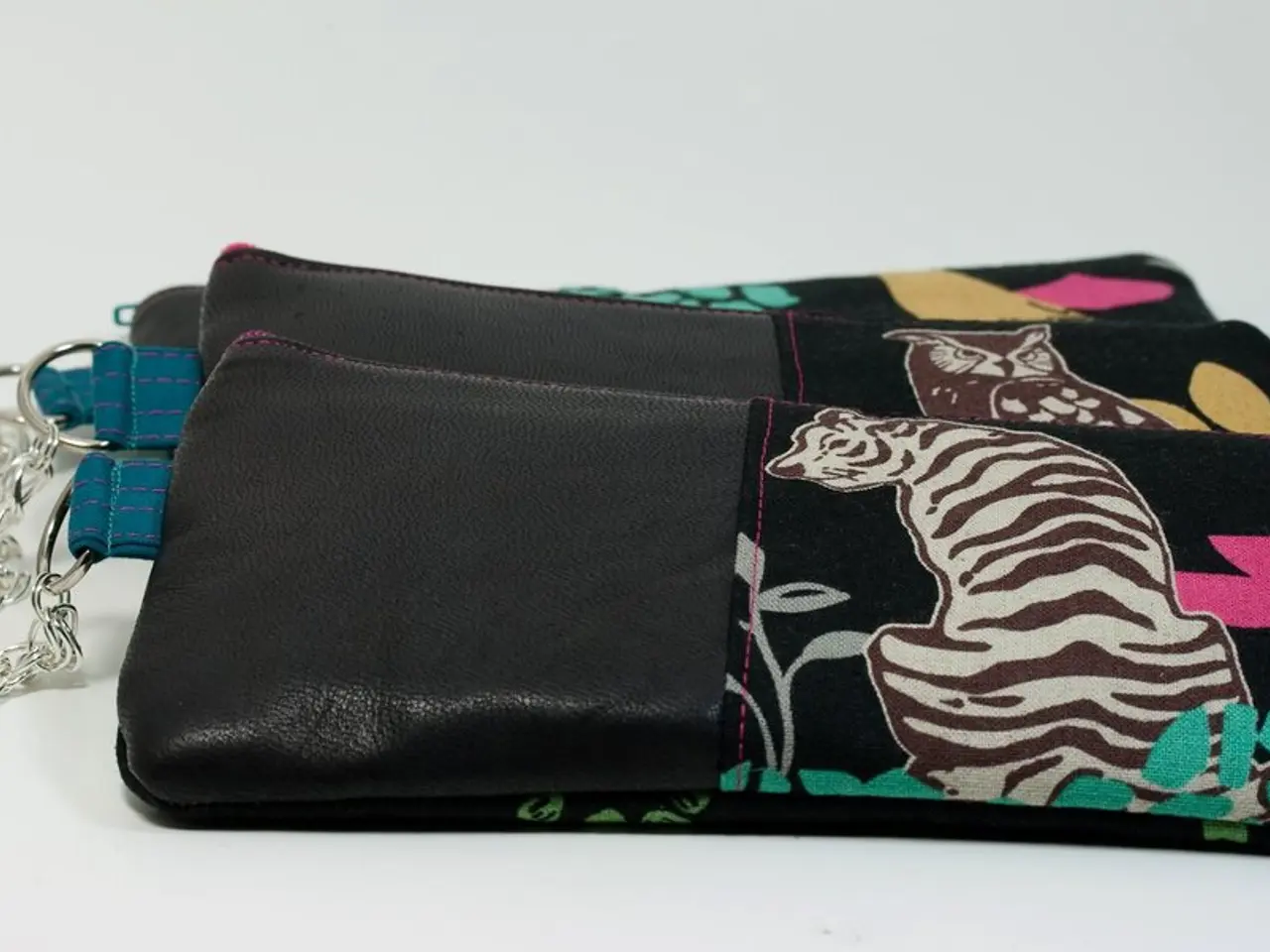Deciphering the Essence of DeFi Wallets: A Comprehensive Guide for Newcomers
In the ever-growing world of Decentralised Finance (DeFi), a DeFi wallet is an essential tool for interacting with Web3 applications and accessing the DeFi space via smart contracts. This article aims to help you understand the key factors to consider when choosing a DeFi wallet and the best practices for securing one.
Key Factors for Choosing a DeFi Wallet
When selecting a DeFi wallet, consider the following factors:
- Security: Look for wallets that prioritise security measures, such as encryption, multi-signature support, and secure key management.
- Compatibility and Interoperability: Ensure the wallet supports the blockchain networks you're interested in and can seamlessly interact with various DeFi applications.
- User-Friendliness: A user-friendly interface can make managing your crypto assets easier and less daunting for beginners.
- Features: Check if the wallet offers features that cater to your needs, such as DeFi integration, custom networks, and hardware wallet support.
- Reputation and Team: Research the wallet's history, team, and community feedback to gauge its reliability and trustworthiness.
- Privacy: Consider wallets that prioritise user privacy, such as those that offer optional anonymous transactions or do not collect personal data.
- Community Feedback: Look at user reviews and feedback to get a sense of the wallet's strengths and weaknesses.
Popular DeFi Wallets
There are various DeFi wallet options available, such as:
- MetaMask Wallet: A popular choice with browser extension and mobile app versions for Ethereum and EVM chains, offering deep DeFi integration, custom networks, and hardware-wallet support.
- Crypto.com DeFi Wallet: A non-custodial mobile wallet with DeFi swap, staking, and aggregator features, integrated with the Crypto.com ecosystem for easy on-ramp.
- Coinbase Wallet: A mobile-first, non-custodial wallet that supports multiple chains, offers in-app DEX swaps, NFT galleries, and direct integration with the Coinbase exchange.
- Trezor Model One: An open-source hardware wallet that connects via USB, compatible with MetaMask and other Web3 apps for DeFi access, and boasts a durable build.
- Ledger Nano S Plus: A hardware wallet with Secure Element chip, pairs with Ledger Live and MetaMask for cold-storage DeFi transactions, and has Bluetooth for mobile use.
Securing Your DeFi Wallet
To secure your DeFi wallet, follow these best practices:
- Seed Phrase Security: Write down your seed phrase physically and store it securely in a fire- and flood-resistant location. Avoid digital storage like cloud or photos. Splitting the phrase and storing parts separately can further reduce risk.
- Use Hardware Wallets: For long-term and large-amount storage, hardware wallets provide offline "cold storage," vastly reducing exposure to hacks.
- Enable 2FA: Use authenticator apps (Google Authenticator, Authy) rather than SMS-based 2FA, which is vulnerable to SIM swaps. Enable 2FA on wallets, exchanges, and related accounts.
- Beware Phishing: Always double-check URLs before accessing wallets or exchanges. Avoid clicking links in suspicious emails or DMs and bookmark official sites.
- Manage Token Approvals: Periodically review and revoke permissions granted to decentralised applications to limit exposure if a dApp is compromised.
- Keep Wallet and Device Software Updated: Applying security patches helps protect against known vulnerabilities.
- Implement Strict Access Controls: Use transaction and access policies to limit permissions, reducing damage if a breach occurs.
By following these guidelines, you can help ensure a secure DeFi wallet experience and protect yourself from theft, scams, and unauthorised access. Happy DeFi-ing!
[1] Investopedia. (2022, January 18). How to Choose a DeFi Wallet. Retrieved from https://www.investopedia.com/crypto-basics/how-to-choose-defi-wallet/
[2] CoinDesk. (2021, November 11). How to Choose a DeFi Wallet. Retrieved from https://www.coindesk.com/learn/defi/how-to-choose-a-defi-wallet/
[3] Cointelegraph. (2021, January 27). Best practices for securing a DeFi wallet. Retrieved from https://cointelegraph.com/news/best-practices-for-securing-a-defi-wallet
[4] Binance Academy. (2021, December 13). How to Choose a DeFi Wallet. Retrieved from https://academy.binance.com/en/articles/how-to-choose-a-defi-wallet
- In the DeFi ecosystem, wallets serving as essential tools for interacting with Web3 applications, especially for accessing DeFi space via smart contracts, often prioritize security by using encryption, multi-signature support, and secure key management.
- When choosing a DeFi wallet, it's crucial to consider a wallet's compatibility with various blockchain networks, as this allows seamless interaction with various DeFi applications.
- A user-friendly interface can greatly simplify the management of crypto assets within DeFi wallets, making them easier and less intimidating for beginners.
- When researching DeFi wallets, checking their features catering to specific needs, such as DeFi integration, custom networks, and hardware wallet support, can help make informed decisions.
- To assess the reliability and trustworthiness of DeFi wallets, looking at their history, team, and community feedback can give valuable insights into their reputation.
- Prioritising user privacy is essential when choosing a DeFi wallet, as some wallets offer optional anonymous transactions or do not collect personal data, safeguarding users' identities.
- Reading user reviews and feedback is an effective way to gain a comprehensive understanding of a DeFi wallet's strengths and weaknesses, helping users choose the most suitable wallet for their needs.
- To further secure a DeFi wallet, safety measures like storing the seed phrase physically and securely, using hardware wallets, enabling 2FA, and not clicking links in suspicious emails or DMs are best practices commonly recommended in the industry.




